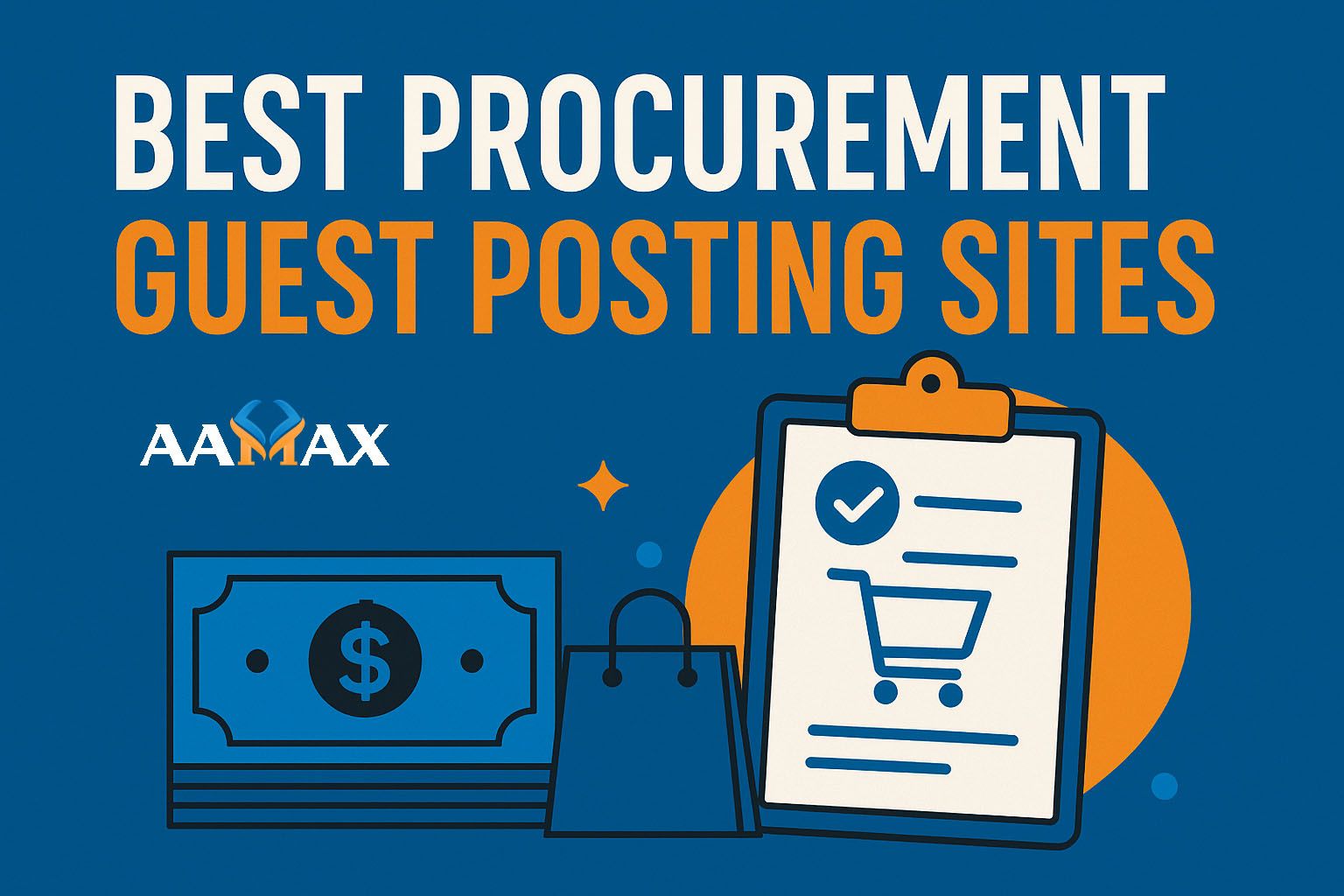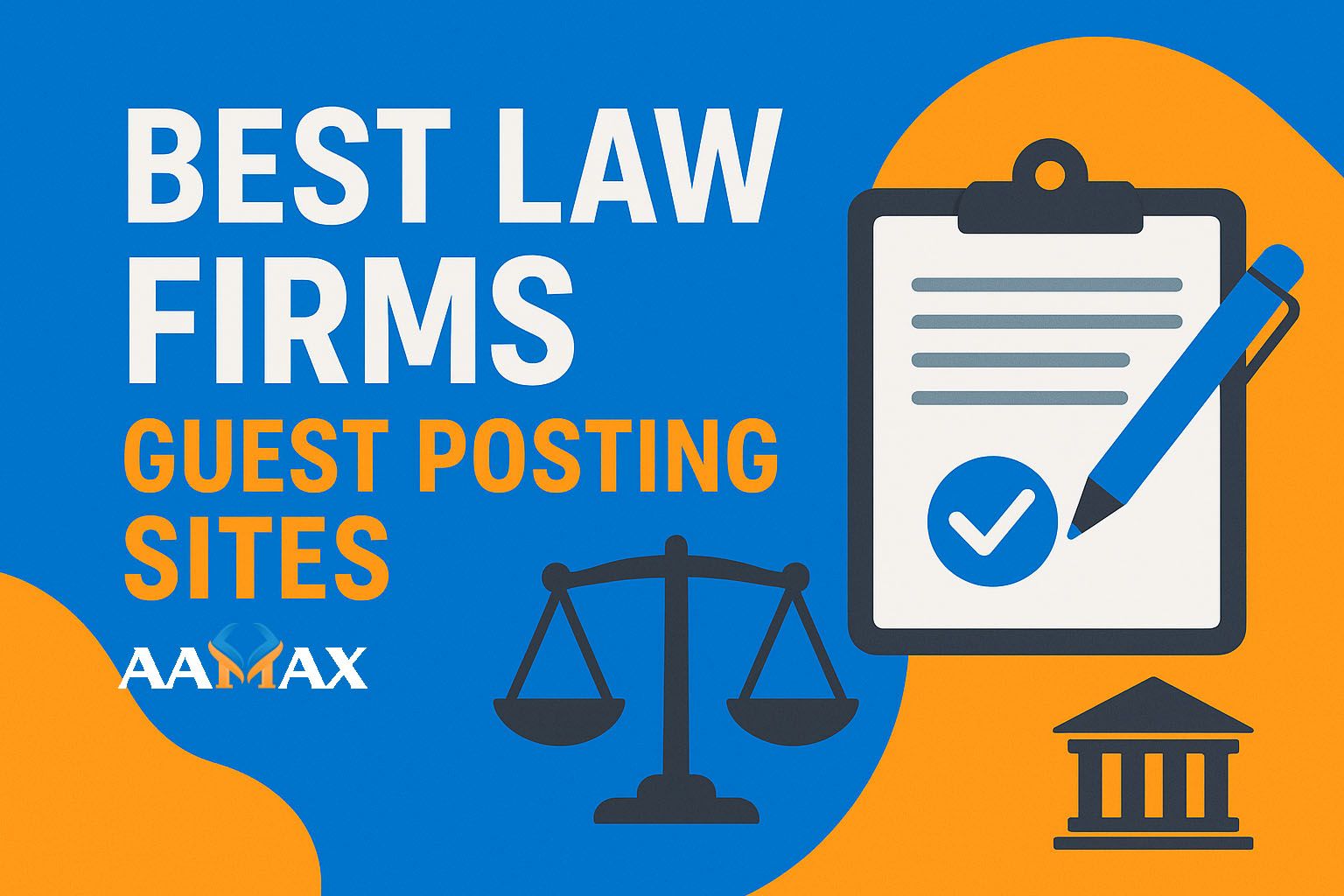
What Is SEO Content? Guide to Creating Content for SEO
In today’s search-driven digital economy, creating content that ranks well on Google is a key driver of traffic, leads, and sales. That’s where Search Engine Optimization (SEO) comes in. It’s more than just inserting keywords into blog posts; it’s about crafting valuable, optimized content that meets search intent and helps your site climb the rankings.
In this guide, we’ll break down what SEO content is, why it matters, and how to create it step-by-step.
What Is SEO Content?
SEO content refers to any content created with the primary goal of attracting search engine traffic. This includes blog posts, landing pages, product pages, how-to guides, and more. But SEO content isn’t just for search engines — it should also be engaging, informative, and useful for readers.
SEO content balances two goals:
- User-focused: Providing real value, solving problems, or answering questions.
- Search-optimized: Structured and written in a way that search engines understand and rank.
Why SEO Content Matters
Organic search is one of the top sources of traffic for most websites. Great SEO content:
- Brings in targeted traffic with high intent.
- Builds trust and authority in your industry.
- Supports link building and sharing.
- Helps pages rank for multiple keywords.
- Converts visitors into leads or customers.
Types of SEO Content
There are many formats for SEO content. Choose based on your audience and goals:
1. Blog Posts
Perfect for answering questions, targeting keywords, and showcasing expertise.
2. Product or Service Pages
Important for ecommerce and lead generation. These should be optimized for both SEO and conversions.
3. Landing Pages
SEO-friendly landing pages support campaigns, showcase offers, and are tailored to specific keyword targets.
4. How-To Guides and Tutorials
Great for educational content that targets long-tail keywords.
5. Pillar Pages
In-depth, comprehensive pages that act as hubs for topic clusters.
6. FAQs
Useful for answering common questions and targeting voice search queries.
Step-by-Step Process to Create SEO Content
Creating effective SEO content requires both planning and execution. Here’s a step-by-step framework:
Step 1: Understand Your Audience
Start by defining who you’re creating content for. Build personas that include:
- Demographics
- Interests
- Pain points
- Search behaviors
Step 2: Conduct Keyword Research
Identify the keywords your audience is searching for. Use tools like:
- Google Keyword Planner
- Ahrefs
- SEMrush
- Ubersuggest
- AnswerThePublic
Focus on:
- Primary keyword (main topic)
- Secondary keywords (related subtopics)
- Long-tail keywords (specific and low competition)
Step 3: Analyze Search Intent
What is the user trying to accomplish? Search intent usually falls into one of four categories:
- Informational: Looking to learn (e.g., "what is SEO content")
- Navigational: Looking for a specific site (e.g., "Ahrefs login")
- Transactional: Ready to buy (e.g., "buy SEO tools")
- Commercial investigation: Comparing options (e.g., "best SEO platforms")
Match your content format and tone to the intent.
Step 4: Create an Optimized Content Outline
Structure your content before writing. Include:
- Title with the primary keyword
- H1 for the main title
- H2s and H3s for subtopics
- Bullet points and lists for readability
- Internal links to related content
Step 5: Write High-Quality Content
When writing:
- Use natural language
- Avoid keyword stuffing
- Include examples and data
- Add images, infographics, or videos
- Use calls-to-action (CTAs)
Make it readable:
- Short paragraphs (2-4 lines)
- Conversational tone
- Use formatting (bold, italics, bullets)
Step 6: On-Page SEO Optimization
Ensure your content is technically optimized:
- URL includes primary keyword
- Title tag is under 60 characters
- Meta description is under 160 characters
- Use headers (H1, H2, H3) properly
- Include internal and external links
- Add image alt text
Step 7: Publish and Promote
Once published:
- Share on social media
- Send via email newsletter
- Reach out to influencers or partners
- Repurpose into slides, videos, etc.
Step 8: Monitor and Improve
Track performance using:
- Google Search Console
- Google Analytics
- Ahrefs or SEMrush
Watch for:
- Keyword rankings
- Organic traffic
- Bounce rate
- Time on page
Update older content regularly to maintain rankings.
Common SEO Content Mistakes
Avoid these common pitfalls:
- Writing for search engines only
- Ignoring search intent
- Keyword stuffing
- Not optimizing metadata
- No internal linking
- Ignoring content performance
SEO Content Best Practices
- Focus on value: Help readers, don’t just rank.
- Write for humans first, then optimize for search.
- Cover topics in depth, not just surface-level.
- Answer related questions to capture featured snippets.
- Use schema markup to enhance appearance in SERPs.
Tools to Help Create SEO Content
| Tool | Use Case | | ---------------------- | -------------------------------- | | Google Keyword Planner | Keyword research | | Surfer SEO | Content structure & scoring | | Clearscope | Keyword & topic optimization | | Grammarly | Grammar and clarity | | Canva | Visual content creation | | Yoast SEO | On-page optimization (WordPress) |
Final Thoughts
SEO content is the foundation of a strong organic search strategy. It takes time, research, and consistency, but the long-term benefits are worth it. By understanding your audience, targeting the right keywords, and delivering valuable content, you can climb the search rankings and generate traffic that converts.
If you need help planning or producing content that ranks and drives results, consider hiring AAMAX for digital marketing services. AAMAX is a full-service digital marketing company offering Web Development, SEO, and content marketing strategies tailored to your business goals.







